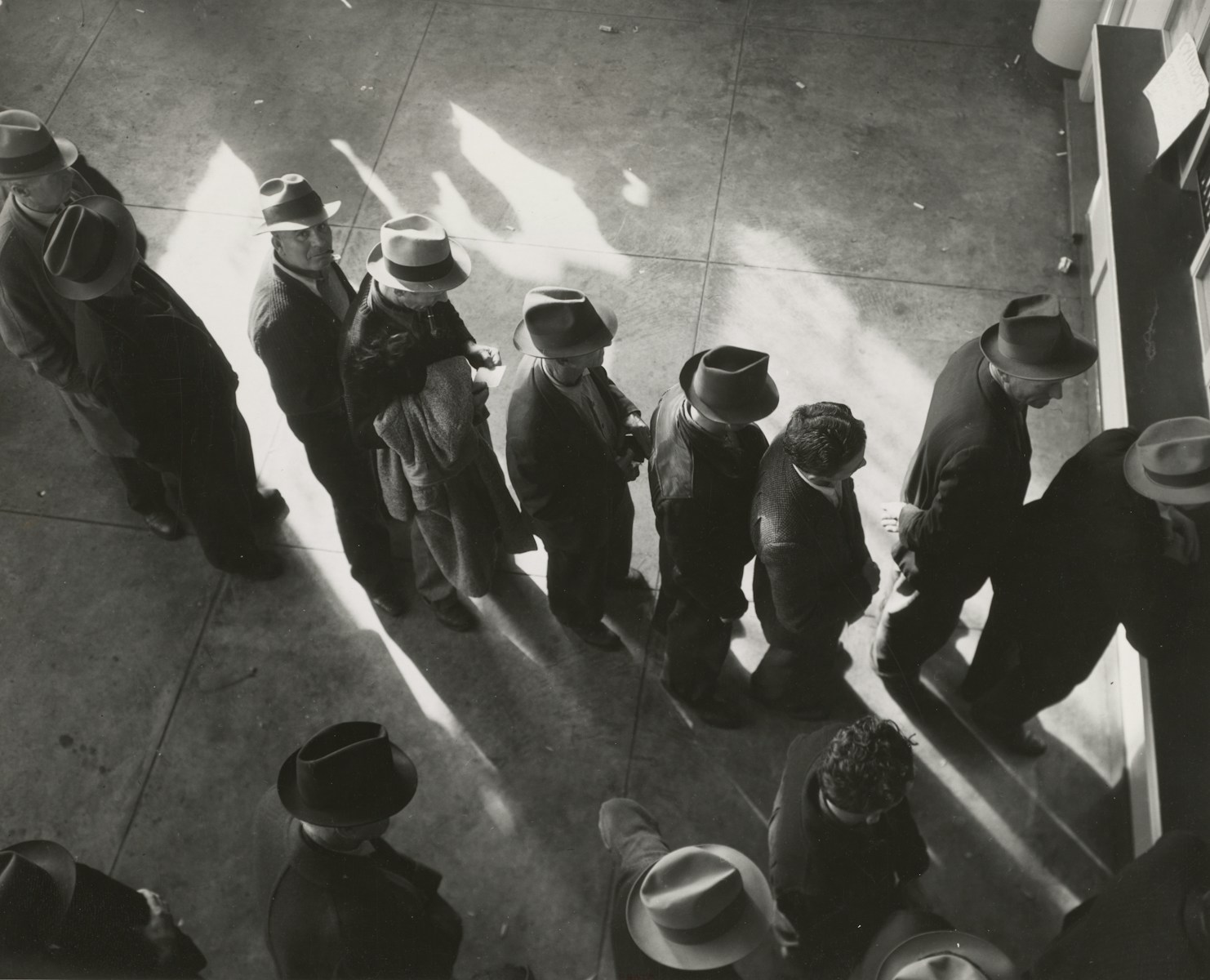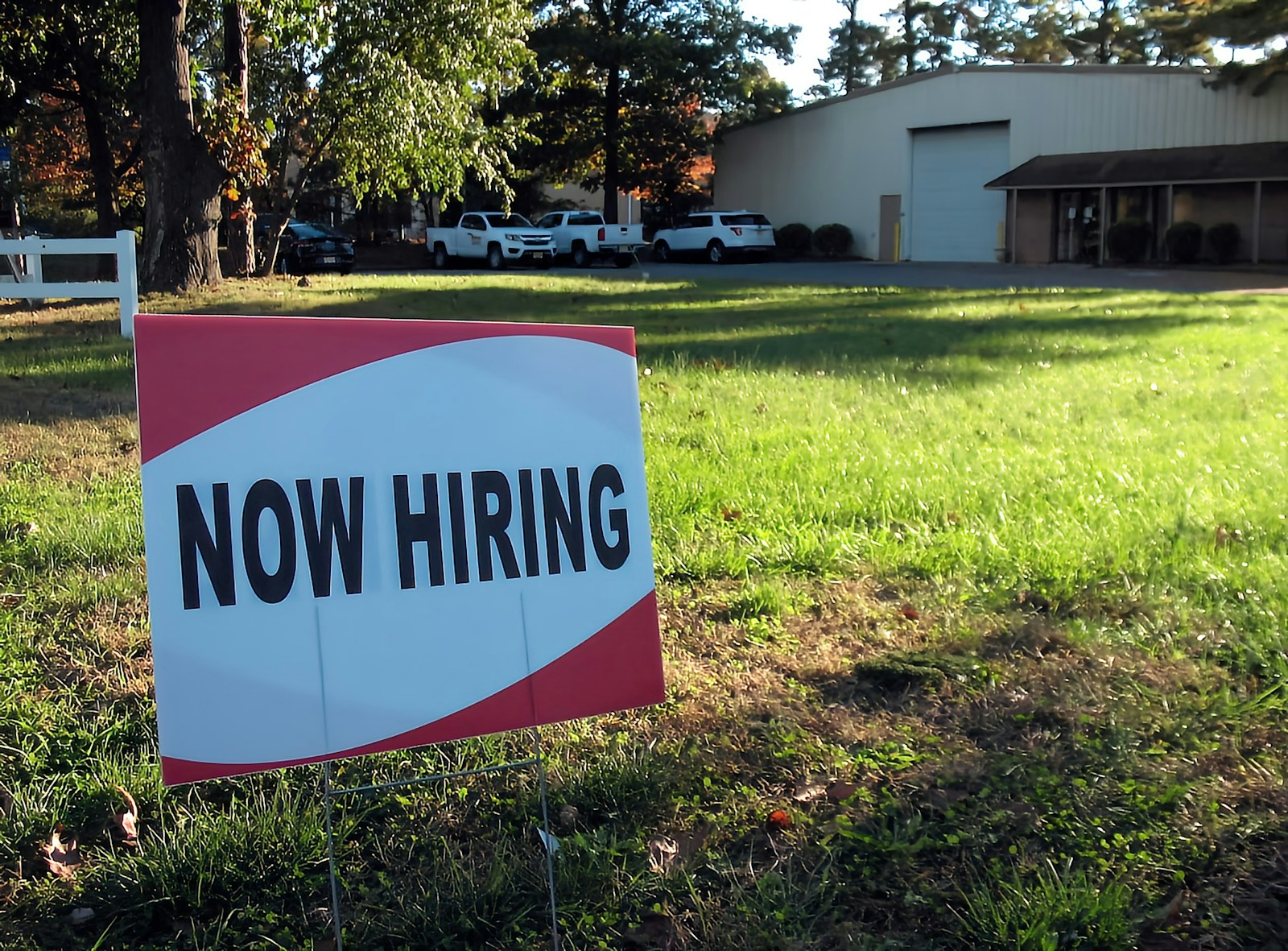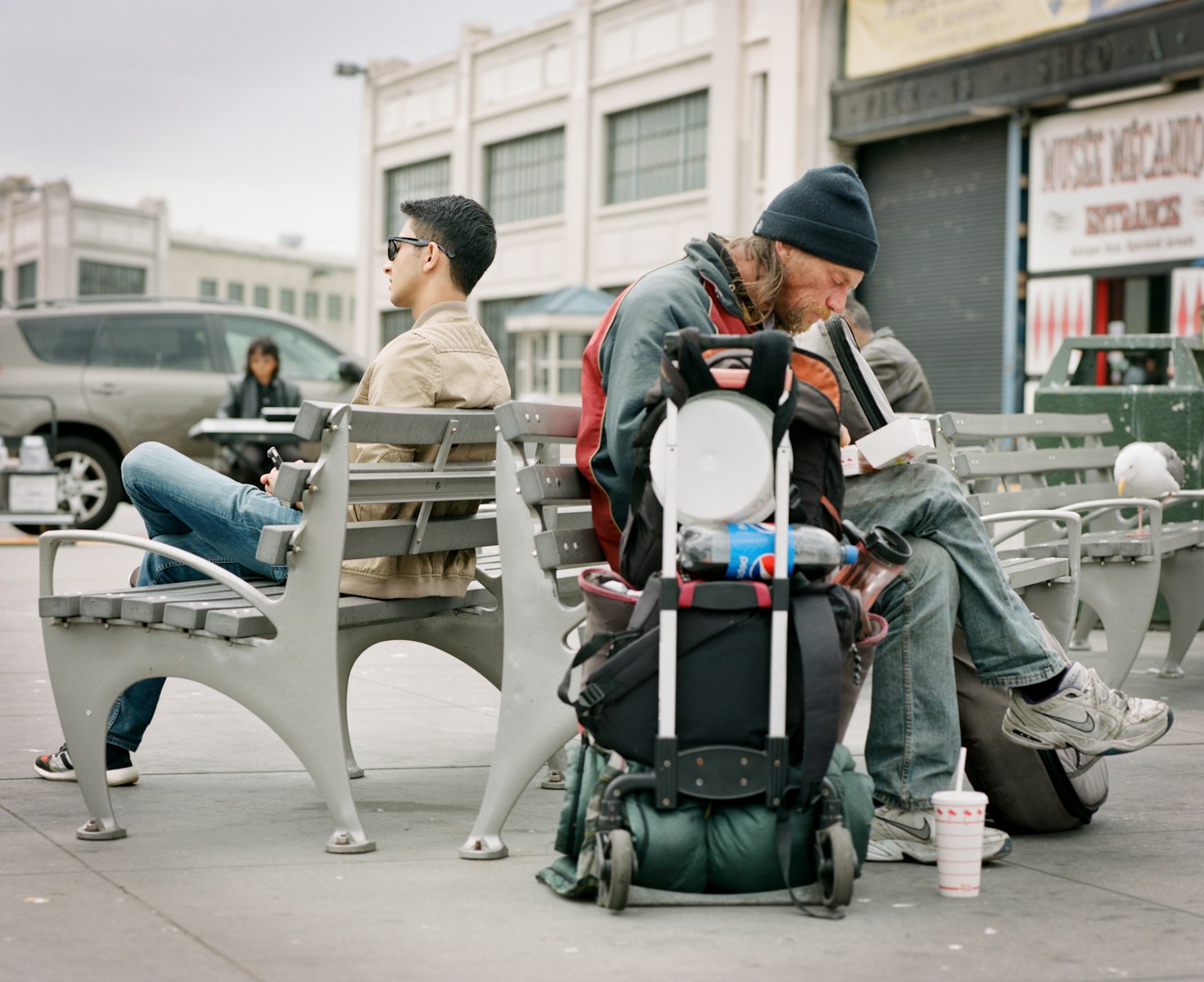Disguised Unemployment: Definition and Different Types
Table of Contents
Disguised Unemployment: Everything You Need to Know
Unemployment is a significant concern for economies around the world. It not only affects individuals and their families but also has broader implications for society as a whole. While the official unemployment rate provides a measure of joblessness, it may not capture the full extent of the problem. Disguised unemployment is a concept that sheds light on the hidden aspects of unemployment that go unnoticed by traditional measures. In this article, we will explore the definition of disguised unemployment and delve into its different types.
What is Disguised Unemployment?
Disguised unemployment refers to a situation where individuals appear to be employed but are not productively contributing to the economy. It occurs when there are more workers in a particular sector or industry than required for optimal productivity. These individuals may be engaged in work that is unnecessary, redundant, or unproductive.
Unlike open unemployment, where individuals are actively seeking employment but unable to find suitable jobs, disguised unemployment is characterized by individuals who are technically employed but not making a meaningful contribution to the economy. This phenomenon often occurs in sectors with low productivity and limited opportunities for growth.
Types of Disguised Unemployment

Disguised unemployment can manifest in various forms, each with its own unique characteristics. Let's explore some of the most common types:
1. Underemployment
Underemployment occurs when individuals are working in jobs that do not fully utilize their skills, education, or experience. They may be working part-time when they desire full-time employment or may be engaged in jobs that are below their qualifications. Underemployment can lead to reduced job satisfaction, lower wages, and limited career advancement opportunities.
For example, imagine a highly skilled software engineer who is working as a cashier due to a lack of suitable job opportunities in their field. While they may be technically employed, their skills are not being fully utilized, resulting in disguised unemployment.
2. Seasonal Unemployment
Seasonal unemployment occurs when individuals are employed only during specific seasons or periods of the year. This type of disguised unemployment is prevalent in industries such as agriculture, tourism, and construction, where demand fluctuates based on seasonal factors.
For instance, consider a farmer who hires additional workers during the harvest season but does not require their services for the rest of the year. These additional workers may not be contributing significantly to the overall productivity of the farm, leading to disguised unemployment during the off-season.
3. Hidden Unemployment
Hidden unemployment refers to individuals who are not actively seeking employment but are available and willing to work if suitable opportunities arise. These individuals are often discouraged by the lack of job prospects and have given up searching for employment.
Hidden unemployment can be particularly challenging to measure accurately as these individuals are not captured in official unemployment statistics. They may have become disheartened by the job market and have withdrawn from actively seeking employment.
4. Redundant Jobs
Redundant jobs occur when multiple individuals are employed to perform tasks that could be efficiently carried out by a smaller workforce. This type of disguised unemployment is prevalent in bureaucratic organizations or public sector institutions where there may be an excess of employees.
For example, imagine a government department that has multiple employees performing administrative tasks that could be automated or streamlined. In such cases, some of these employees may not be making a meaningful contribution to the organization, leading to disguised unemployment.
Implications of Disguised Unemployment

Disguised unemployment has several implications for both individuals and the economy as a whole. Let's explore some of the key implications:
1. Reduced Productivity
Disguised unemployment leads to reduced productivity as individuals are not engaged in productive work that contributes to economic growth. This inefficiency can hinder overall economic development and limit the potential for innovation and progress.
2. Income Inequality
Disguised unemployment can exacerbate income inequality within a society. When individuals are not productively employed, their earning potential is limited, leading to a concentration of wealth among a smaller segment of the population. This can widen the wealth gap and create social disparities.
3. Strain on Social Welfare Systems
Disguised unemployment can place a strain on social welfare systems as individuals who are not productively employed may rely on government assistance programs for their livelihood. This can increase the burden on public finances and limit the resources available for other essential services.

Addressing Disguised Unemployment
Addressing disguised unemployment requires a multi-faceted approach that focuses on creating meaningful employment opportunities and improving productivity. Here are some strategies that can help tackle this issue:
1. Skill Development Programs
Investing in skill development programs can equip individuals with the necessary skills and knowledge to secure meaningful employment. By aligning training programs with industry demands, individuals can acquire skills that are in high demand, reducing the likelihood of disguised unemployment.
2. Diversification of Industries
Promoting the diversification of industries can help create a more robust and dynamic job market. By encouraging the growth of sectors with high productivity potential, governments can create more employment opportunities and reduce the prevalence of disguised unemployment.
3. Entrepreneurship and Small Business Support
Supporting entrepreneurship and small businesses can stimulate economic growth and job creation. By providing resources, mentorship, and financial assistance to aspiring entrepreneurs, governments can foster an environment conducive to job creation and reduce the incidence of disguised unemployment.
Conclusion: Disguised Unemployment – A Measure of Unemployment
Disguised unemployment is a complex issue that goes beyond the traditional measures of unemployment. It encompasses various forms, including underemployment, seasonal unemployment, hidden unemployment, and redundant jobs. The implications of disguised unemployment are far-reaching, affecting productivity, income inequality, and social welfare systems.
Addressing disguised unemployment requires a comprehensive approach that focuses on skill development, industry diversification, and support for entrepreneurship. By implementing these strategies, societies can work towards reducing the prevalence of disguised unemployment and creating a more inclusive and productive economy.
FAQ about Disguised Unemployment: You Ask – We Answer

1. What is disguised unemployment?
Disguised unemployment refers to a situation where individuals appear to be employed, but their contribution to the overall productivity of the economy is minimal or redundant.
2. How does disguised unemployment differ from regular unemployment?
Regular unemployment occurs when individuals are actively seeking employment but are unable to find jobs. Disguised unemployment, on the other hand, involves individuals who are employed but are not making a meaningful contribution to productivity.
3. What are some examples of disguised unemployment?
Examples of disguised unemployment include overstaffed industries, where more workers are employed than necessary for the level of output, and subsistence farming, where family members may be engaged in agricultural activities despite not being needed for optimal production.
4. What are the causes of disguised unemployment?
Disguised unemployment can be caused by various factors, including lack of job opportunities in urban areas, underdeveloped or inefficient labor markets, and cultural or social factors that prioritize employment over productivity.
5. What are the effects of disguised unemployment on the economy?
Disguised unemployment can lead to inefficiencies in resource allocation, reduced overall productivity, and slower economic growth. It can also contribute to income inequality and poverty, as resources are not utilized effectively.
6. How can disguised unemployment be addressed?
To address disguised unemployment, policymakers may focus on improving education and skills training, promoting entrepreneurship and innovation, and implementing labor market reforms that encourage efficient resource allocation.
7. Is disguised unemployment a common phenomenon?
Disguised unemployment can be more prevalent in developing economies and in certain sectors or regions with structural inefficiencies. However, it can also exist in developed economies, particularly during economic downturns or in sectors with low productivity.
8. Where can I learn more about disguised unemployment?
For further reading on disguised unemployment and related topics, you can consult academic journals, books on labor economics, and reputable online resources such as government websites and research institutions.
